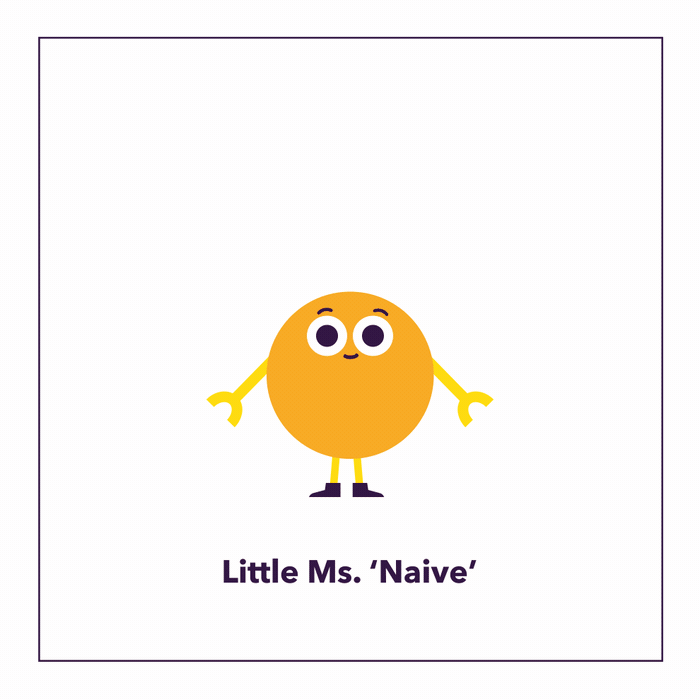Little Ms. Excitable and Mr. Naïve: Meet Some Varied ‘Cell States’

They get excited. Sometimes they’re a little chatty. And they’ve been known to be naïve.
We’re not describing your average teenager, but rather, we’re talking about our cells, the building blocks of life.
We’re made up of some 37 trillion of them. And among this vast megalopolis of cellular matter are some 210 different cell types, from lymphocytes to beta cells to the more descriptively named chandelier and cartwheel cells (two types of neurons). Cells also perform a range of critical activities, from converting nutrients into energy to passing electrical signals across their membranes.
Not only do our cells demonstrate a vast array of specialties, they also have colorful “personalities,” or cell states assigned to them by scientists who examine and codify the human body at the most foundational level.
Here are a few of the most intriguing cellular “characters.”
Little Ms. ‘Excitable’

Not so unlike a toddler jumping with glee upon spotting a favorite cartoon character, “excitability” in cells refers to the ability of muscle, nerve, and pancreatic cells to rapidly respond to stimuli and transmit electrical charges. What makes these cells unique is that they have porous and highly-sensitive membranes that can detect slight chemical changes in their environment and react accordingly. All cells have a resting potential, a difference in electric charge on the inside and outside of the cell membrane. But excitable cells, when stimulated, can pass electrical impulses that result in variety of processes including sending information to other parts of the brain to create thoughts, making the heart thump; and secreting insulin.
Little Mr. ‘Undifferentiated’

Similar to a college freshman who has yet to decide his major (English lit or mechanical engineering?), the undifferentiated cell has yet to choose a specialty. But through a process known as differentiation that is controlled by our genes, these cells evolve into the variety of specialized cell types in our body. The very first cells in an embryo are considered undifferentiated.
Little Ms. ‘Naïve’

Oh, to be young and naïve and never have encountered an adversary before. Such is the case with naïve T-cells, immune cells that are newly created in the bone marrow that have yet to be exposed to a pathogen. Once naïve cells enter the thymus, an organ in the chest, they are converted into mature cells by acquiring a unique antigen or “lock” on its surface that can recognize foreign invaders.
Little Mr. ‘Chatterbox’—a.k.a. ‘Talkative Cells’

Almost all cells communicate through the language of chemical signals, such as hormones and neurotransmitters. Every cell has receptors that are like “ears” that can pick up these signals.
But some tend be a little more chatty than others. Among the “chattiest” of cells are the neurons in the brain that fire off signals that help us to think and learn new information. In cancer cells, too much “talking” between neighboring healthy cells may in fact help to stimulate tumor growth. Scientists are looking for ways to treat cancer by encouraging healthy cells to send signals to shut down cancer cell growth.
Ghost Cells
Whether you believe in supernatural spirits or not, our cells have their own versions of shadowy apparitions. For decades, scientists have been trying to better unravel the mystery behind “ghost cells,” cells that have the outline of an outer membrane but lack a nucleus and cytoplasm. Ghost cells were first discovered in types of benign skin tumors and cysts in the jaw. Red blood cells can also morph into ghosts. When a red blood cell expels its hemoglobin due to injury or disease, it becomes a paler version of itself known as a ghost red blood cell.

Our bodies contain a multitude of cells with different “personalities” that work in concert. And much like any complex system, it takes all types to make things run smoothly.





